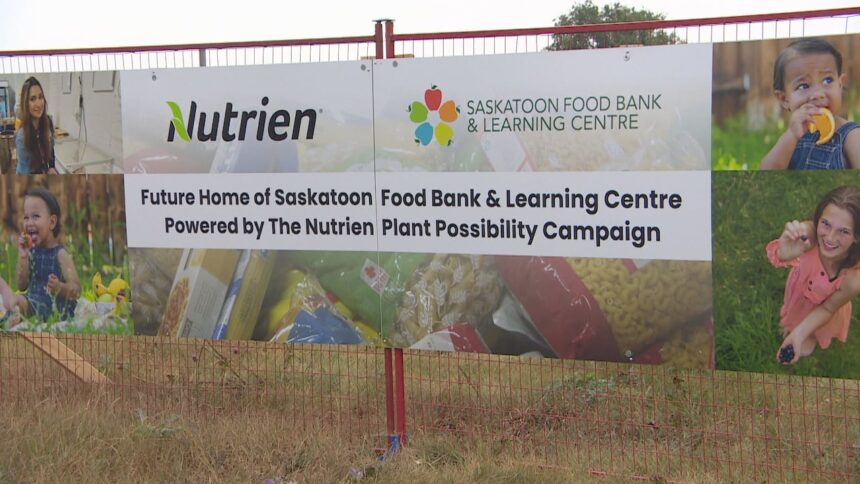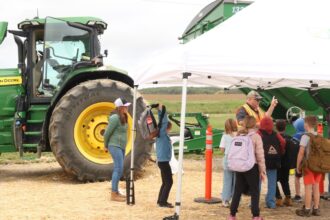In a significant step toward addressing food insecurity in Saskatchewan’s largest city, ground was officially broken this week on the Saskatoon Food Bank’s ambitious new Community Hub facility. The ceremonial first shovels hit dirt at the project site, marking the commencement of what community leaders are calling a transformative development for vulnerable residents across the region.
“This isn’t just another building—it represents a fundamental shift in how we approach food security and community support,” said Laurie O’Connor, Executive Director of the Saskatoon Food Bank & Learning Centre, during the groundbreaking ceremony. “The Community Hub will allow us to move beyond emergency food assistance to create lasting pathways out of poverty.”
The 57,000-square-foot facility, estimated to cost approximately $26 million, will dramatically expand the organization’s capacity beyond its current location on Avenue C South, which has long been stretched beyond its intended capabilities. According to Food Banks Canada, Saskatchewan has seen a troubling 32% increase in food bank usage over the past three years, placing immense pressure on existing infrastructure.
The new hub represents far more than just additional square footage. Plans reveal a holistic approach to community wellness, featuring dedicated spaces for food storage and distribution alongside classroom facilities, counseling rooms, community kitchens, and collaborative workspaces for partner organizations.
“What makes this project truly innovative is its integrated approach,” explained Mayor Charlie Clark, who attended the groundbreaking. “By bringing multiple services under one roof, we’re removing barriers that have historically prevented people from accessing the complete support they need.”
The project has garnered financial backing from all levels of government, with the federal government contributing $12.5 million through its Community Services Recovery Fund. The provincial government has pledged $7 million, while the remainder is being raised through corporate sponsorships and a community capital campaign that has already reached 70% of its target.
Construction timelines indicate the facility should be operational by late 2025, though project managers acknowledged potential supply chain challenges that continue to affect major construction projects nationwide. The economic impact extends beyond the facility itself, with estimates suggesting the project will create approximately 75 construction jobs and, once complete, support 25 permanent positions within the hub.
Community health experts have long pointed to the connection between food security and broader social outcomes. Dr. Hassan Masri, an intensive care physician who serves on the Food Bank’s advisory committee, emphasized this relationship: “The data is unambiguous—communities with robust food security infrastructure experience measurable improvements in public health metrics, educational outcomes, and economic participation.”
Critics have questioned whether the project’s scale matches the depth of need, noting that even with expanded facilities, systemic issues driving food insecurity—including housing affordability, wage stagnation, and social assistance rates—remain largely unaddressed in provincial policy.
For those currently dependent on the Food Bank’s services, however, the promise of an expanded, dignified space offers immediate hope. “I’ve been using the food bank for almost three years now,” shared Melissa K., a single mother of two who requested partial anonymity. “The current building is always overcrowded, and you feel rushed through the process. Knowing there will be a place designed for proper service gives me something to look forward to.”
As construction equipment mobilizes and foundation work begins, Saskatoon joins a growing number of Canadian cities reimagining their approach to food security through integrated service models. Similar facilities in Halifax and Winnipeg have demonstrated promising results in reducing dependency rates and improving client outcomes through comprehensive support.
As we witness this construction project unfold over the coming months, perhaps the most pressing question remains: Will this architectural solution truly address the root causes of food insecurity, or will it simply manage its symptoms more efficiently? The answer may determine whether Saskatoon’s Community Hub becomes a blueprint for addressing poverty nationwide or simply a larger bandage on a wound requiring deeper healing.










